No matter how exciting the metaverse is, before you know it, your body will send out a fatigue warning, telling you that you’re still a carbon-based creature and that you’re wearing a heavy piece of equipment on your head.
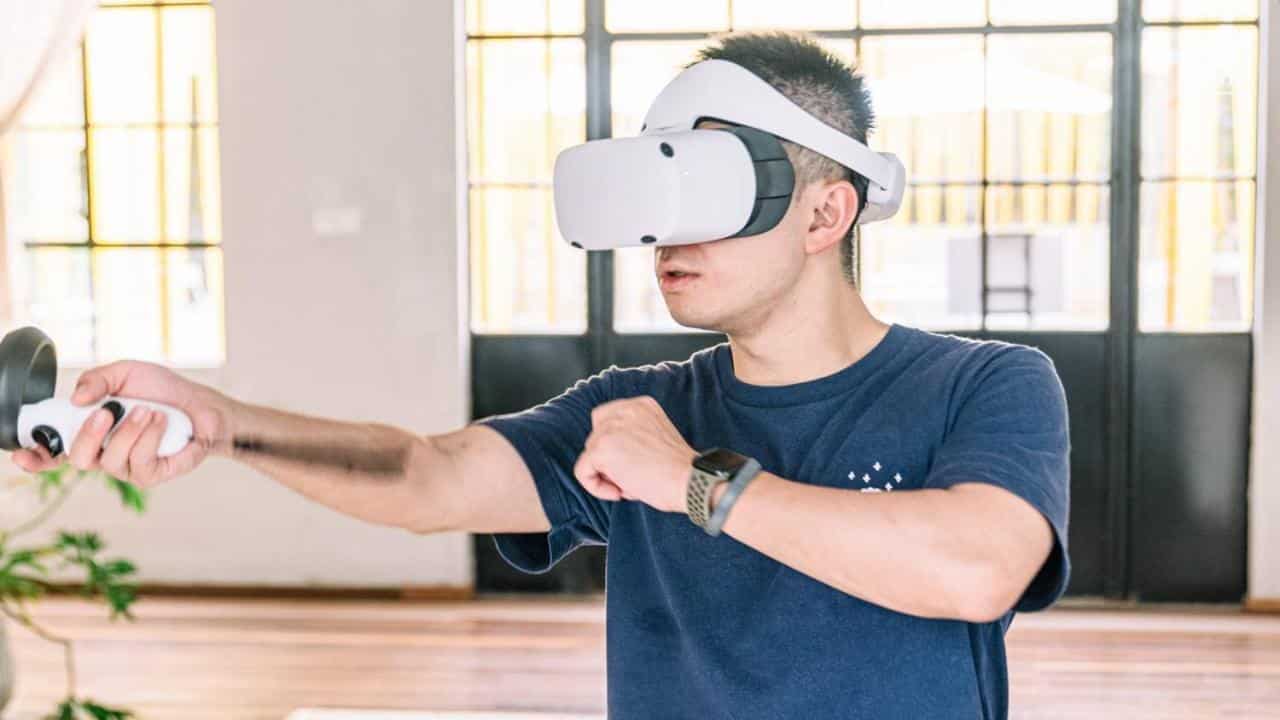
There’s no denying that in the next few years, people’s computing centers may change from smartphones to AR/VR glasses.
Hardware devices will have a more intimate relationship with our bodies, and even enter our bodies.

Former Apple design director Sir Jonathan Ive also confirmed in an interview that wearables will eventually disappear under the skin and become one with our bodies.
Whatever the future of the “metaverse” might look like, it’s a safe bet that the bulky (and even comical-looking) gigantic AR and VR headsets are clearly not going to be their final form.
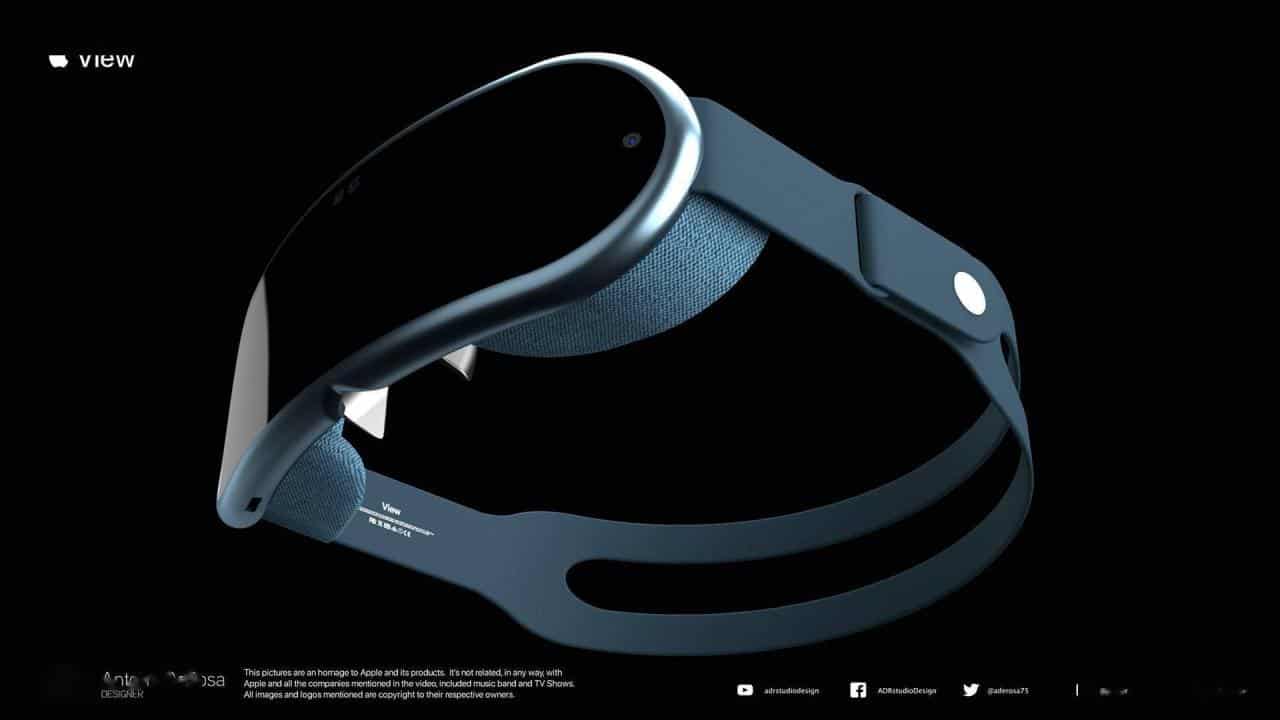
▲ Apple AR glasses concept map, it looks quite small. Image from: AntonioDeRosa
Now, most tech giants are working hard to make AR glasses that are slim and thin enough to be worn for a long time, and at least should be similar or close to the volume and weight of ordinary glasses.
But even if all the components are stuffed into a pair of ordinary glasses and the original volume is maintained, this device still has many inconveniences, and it is not the most perfect form for AR and VR.

In the Mission: Impossible movies, glasses are pretty much the primary communication tool for Ethan Hunt’s entire gang of thieves.
However, with the continuous introduction of sequels, physical glasses have been replaced by special contact lenses, which also have functions such as acquisition, communication, and even certain face recognition capabilities.

Similarly, in “Batman”, strong as Bruce Wayne also used a pair of special contact lenses to collect and analyze intelligence.
Contact lenses are more in line with the “future” setting in many sci-fi action movies.
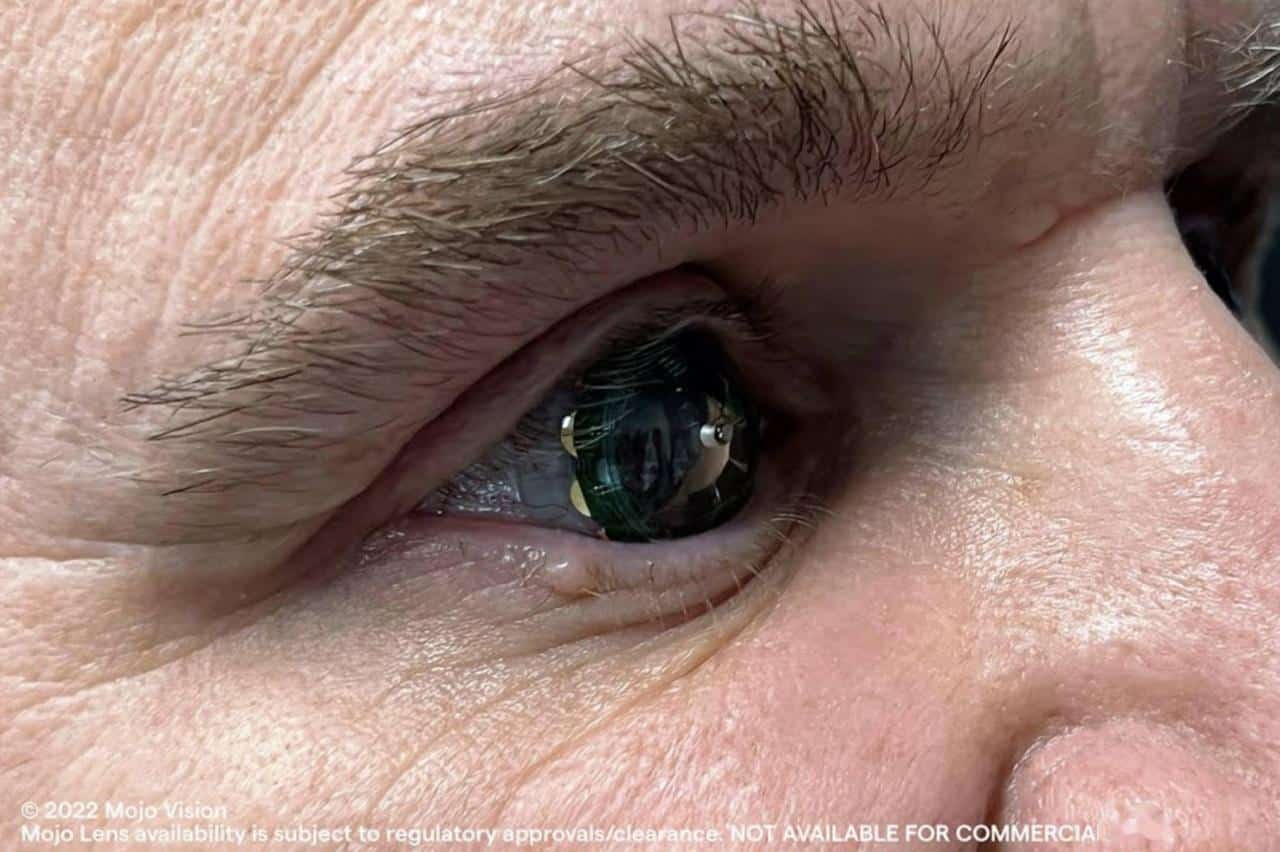
▲ The real shot of the upper eye, not a rendering or special effect Picture from: Mojo
Returning to reality, Mojo Vision, which also focuses on AR glasses technology, skipped the idea of making glasses and set its sights on “AR contact lenses”.
The AR invisible silver mirror has been successfully tested in the eye, and the scene is too sci-fi
After 7 years of research and development, Mojo Vision’s AR smart glasses have successfully entered the eye test, can operate independently, and are removed in a similar way to ordinary contact lenses.
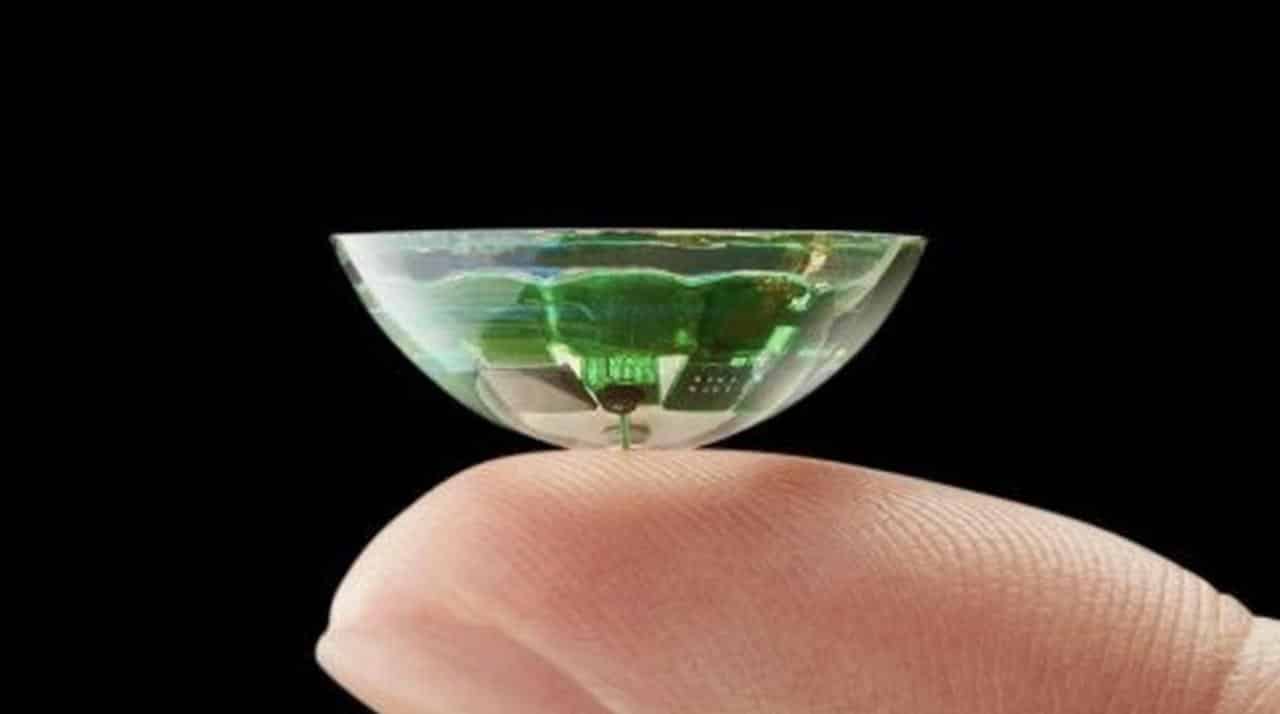
▲ You can clearly see the green circuit board Picture from: Mojo
Its CEO Drew Perkins personally wore Mojo Lens in a test video and made some brief introductions.
Mojo Lens is packed with circuit boards, batteries, Arm processors, communication modules, accelerometers and other components in the volume of a contact lens.
As an AR glasses, it works in a similar way to other smart glasses, aside from the shape.
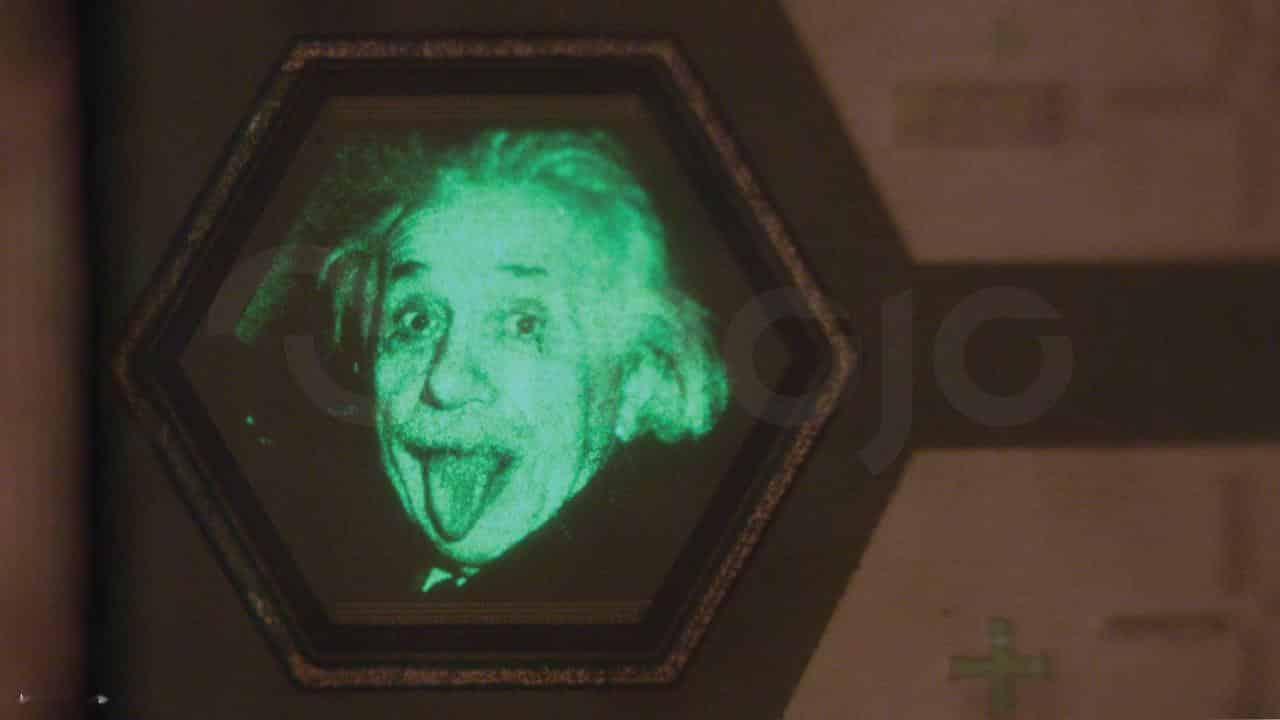
▲ The display effect of Mojo Lens Image from: Mojo
In the center of the Mojo Lens is a tiny camera, and on the reverse side, there is a single-color Micro LED display smaller than sand (0.5mm) with a resolution of over 14,000ppi.
Limited by the size and color of the display, the monochrome display of Mojo Lens also limits it to only display some simple information for the time being.
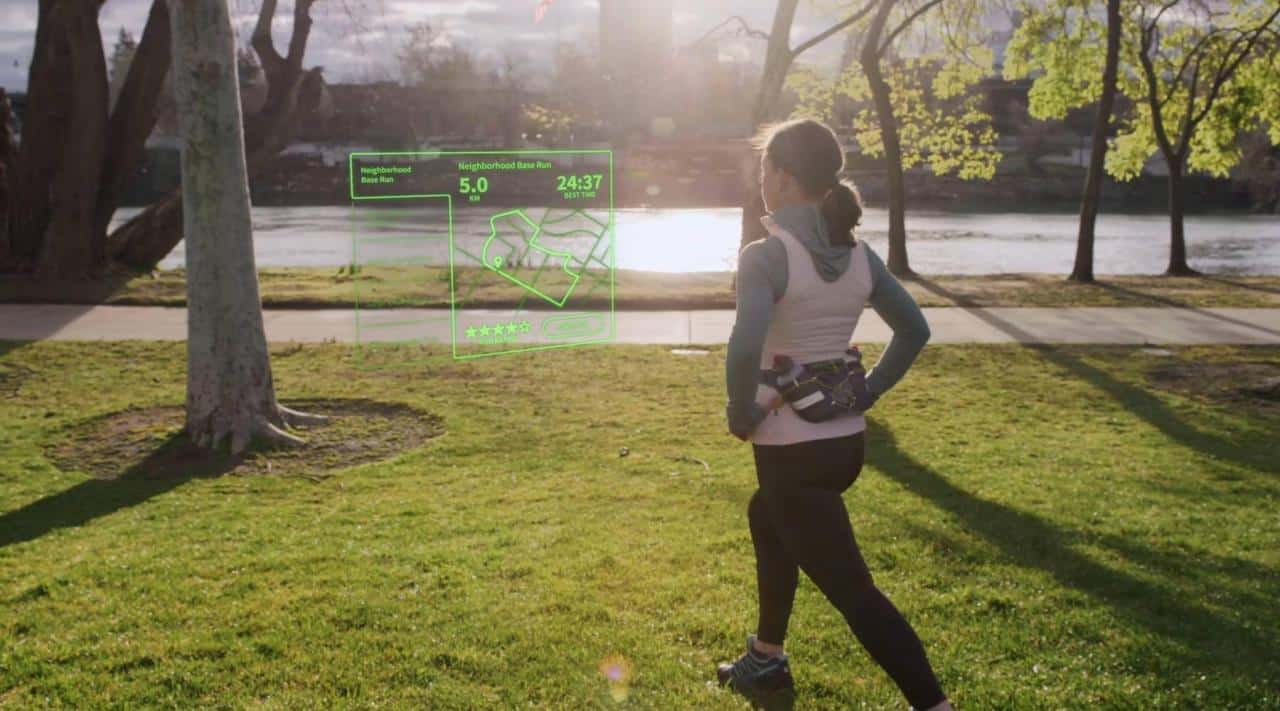
For example, in scenarios such as cycling, running, and navigation, relevant speed, pace, and path planning can pop up, and even other information can pop up.
According to the current thinking of tram companies, it is a head-up display (HUD), and the display form is also very similar to the countdown in the three-body.
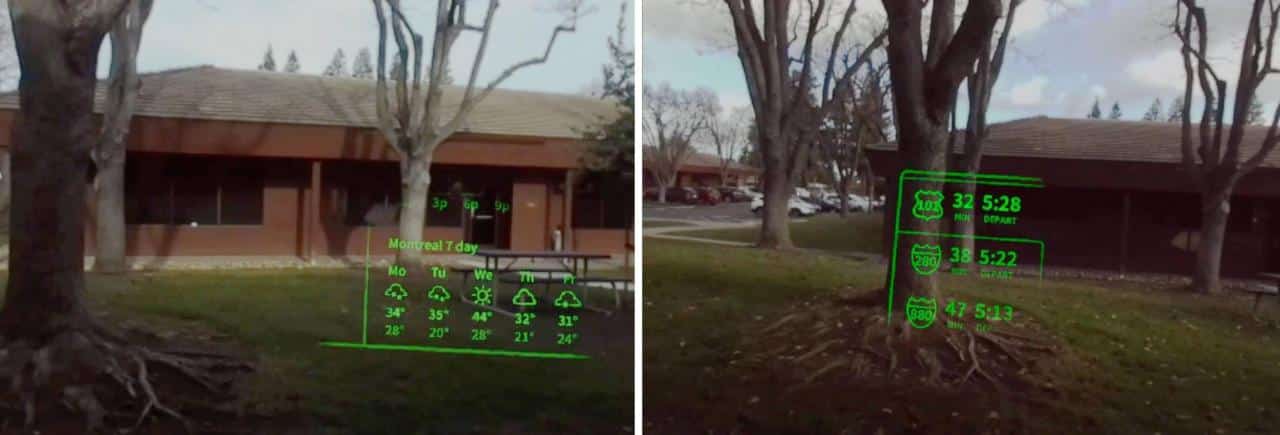
As for seeing the colorful metaverse through Mojo Lens, it may take some time.
However, unlike a smartwatch that accompanies a mobile phone, Mojo Lens can operate on its own without any additional equipment.
Introduced with Mojo Lens is a charging case that will recharge Mojo Lens in a similar way to AirPods.
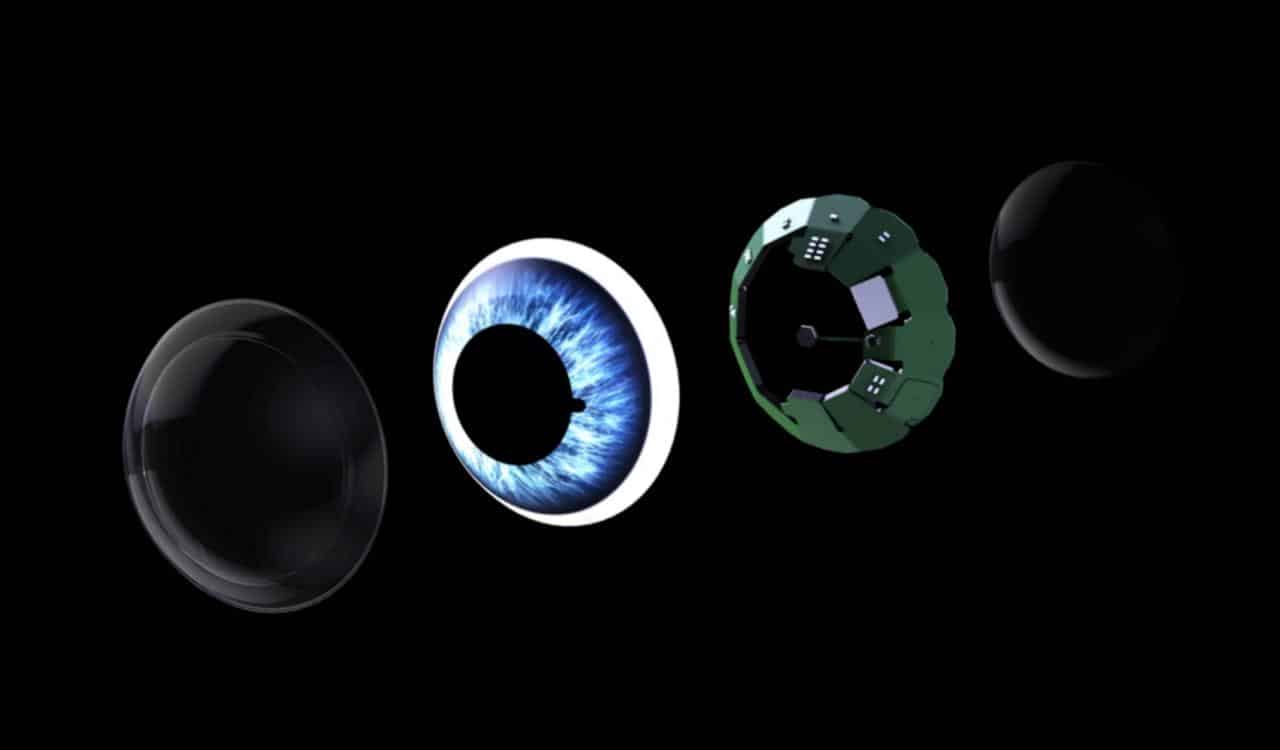
Even though the Mojo Lens is small and the medical-grade tiny battery inside is not that impressive, it can still last a day.
Just take it off and put it in the charging case before resting at night. It’s similar to ordinary contact lenses, but don’t treat it as a daily throw away.
Because according to estimates by Steve Sinclair, vice president of marketing at Mojo Vision, when Mojo Lens is introduced to the market, its price may be close to that of high-end flagship phones, but he did not disclose the price of one or two.
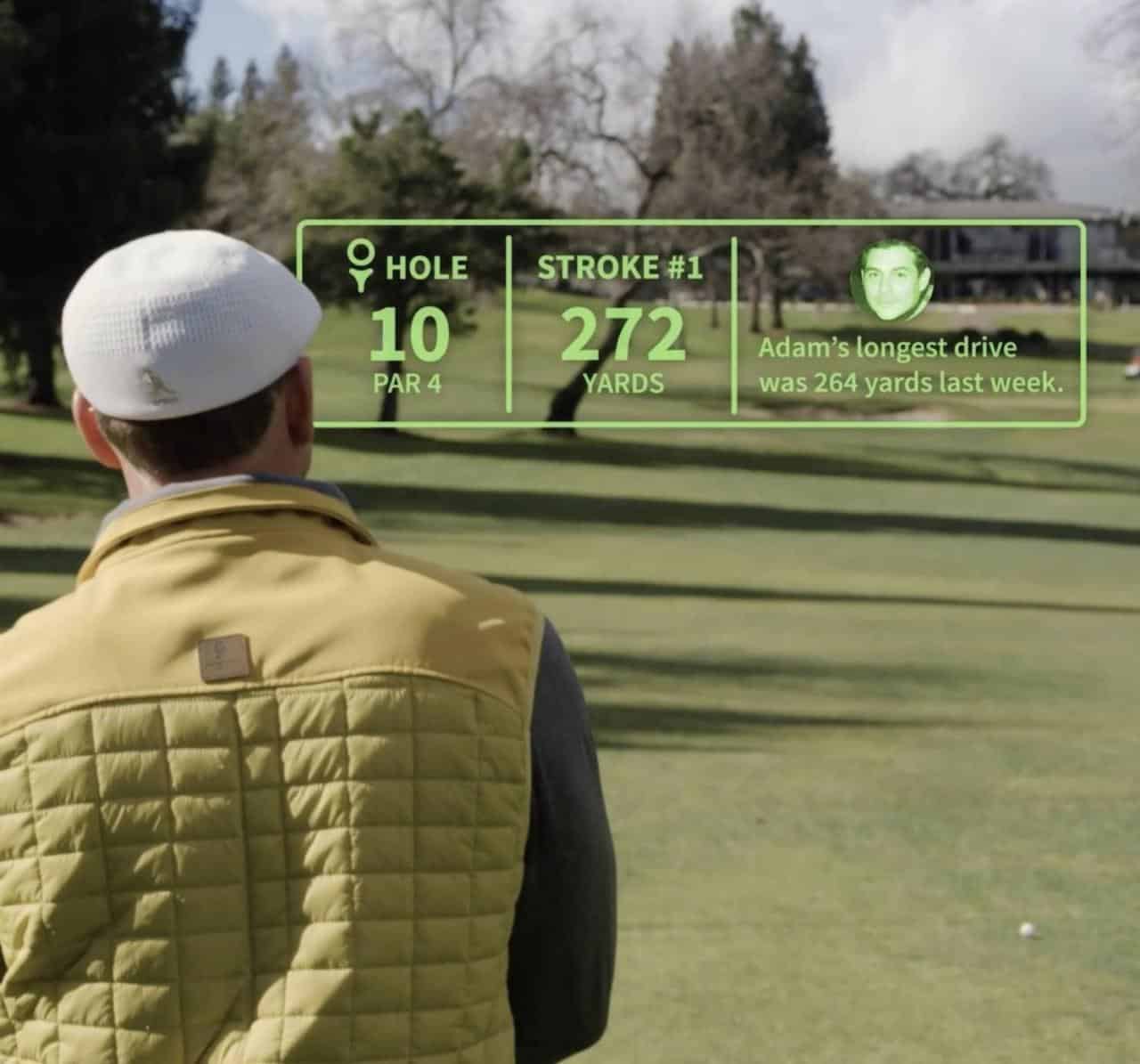
In fact, in terms of usage, Mojo Lens has a very low threshold. You don’t have to learn complicated gestures, you don’t have to quarrel with smart assistants, and you don’t have to blink to operate. Just wear it.
However, since the internal circuits, cameras, and processors cannot be invisible, the overall Mojo Lens is more like a cyberpunk-style beauty contact lens.
Even after watching Perkins’ videos several times, Mojo Lens is still shocking and full of sci-fi shock.
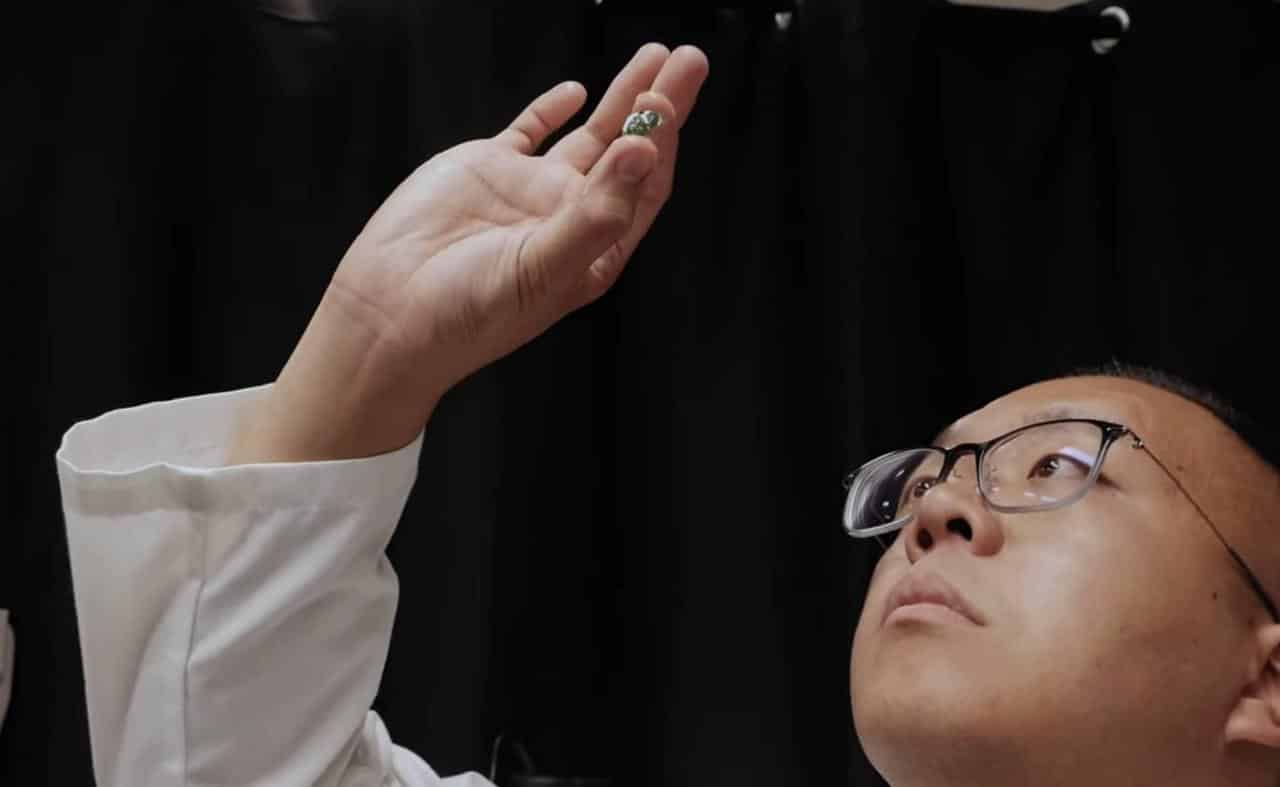
After the CEO’s hands-on efforts, Mojo Vision will continue to test and optimize, and at the same time apply for a license like the U.S. Food and Drug Administration (FDA) to conduct large-scale human testing and quickly iterate on the market.
As for the specific timeline, Mojo Vision has not determined when it will be launched, but the eye-catching version demonstrated so far is the last big test version.
Mojo Lens is versatile and has a bright future
In the beginning, Mojo Lens was not designed for ordinary people, but rather for people with visual impairments.
Mojo Lens facilitates vision enhancement in a non-surgical way. If it is more specific, it can also be understood that Mojo Lens is actually designed by the two founders for themselves.
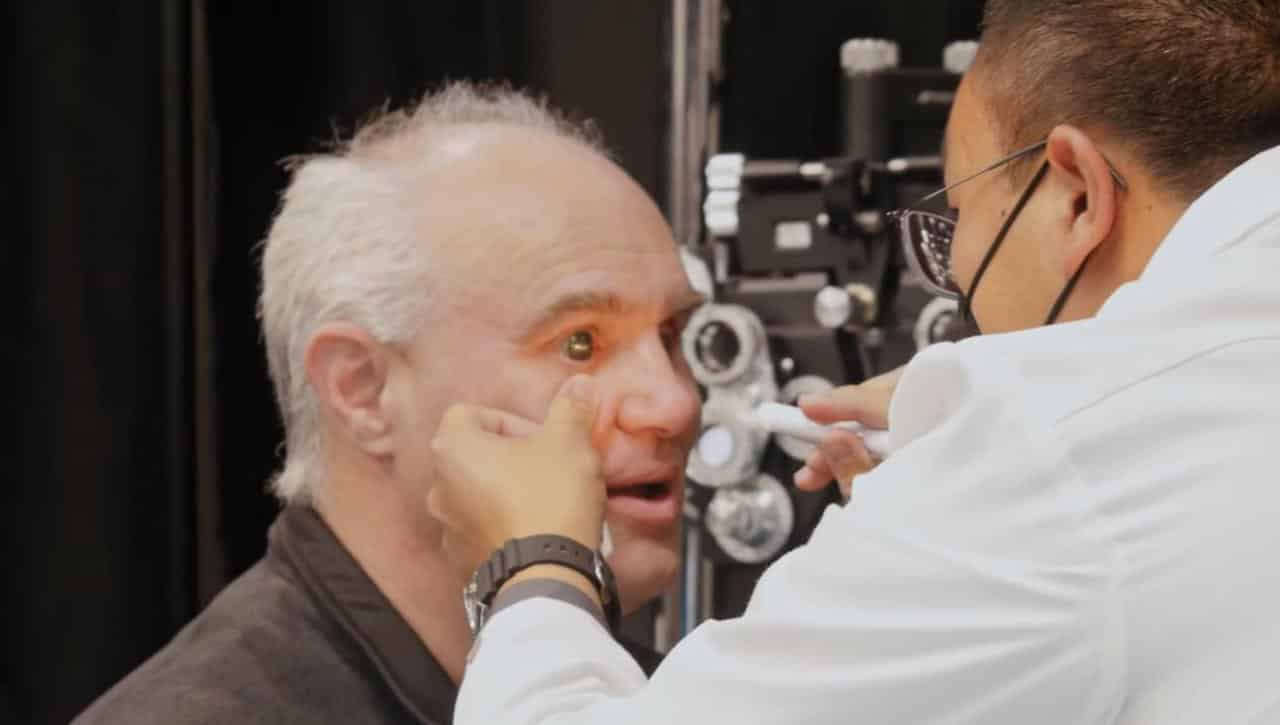
▲ Drew Perkins, founder of Mojo Vision Image from: Mojo
Drew Perkins, who was wearing the Mojo Lens, has cataracts. Although surgery has given him some vision, he can’t focus far and near.
As a result, he set his sights on the “bionic eye”, and wanted to obtain super vision through technical means.
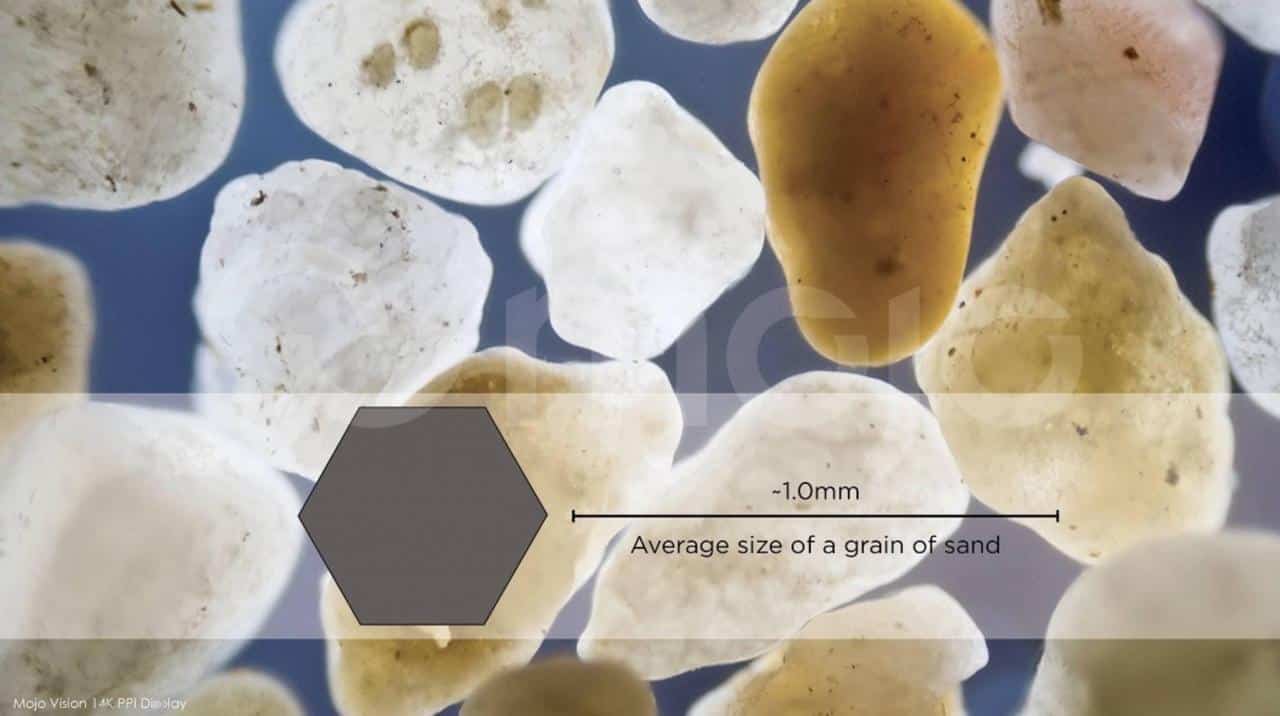
▲ The display size in Mojo Lens is smaller than sand
Another founder, Michael Deering, has been focusing on artificial intelligence and computer vision. Likewise, his eyesight is not very good.
Before founding Mojo Lens with Perkins, Deering spent decades studying how to focus the image on the microdisplay on the retina. At that time, he considered two options, one is contact lenses, and the other is direct implantation into the eyeball.
After the two brainstorms, they finally decided to provide vision assistance for people with poor eyesight in a portable form of contact lenses.
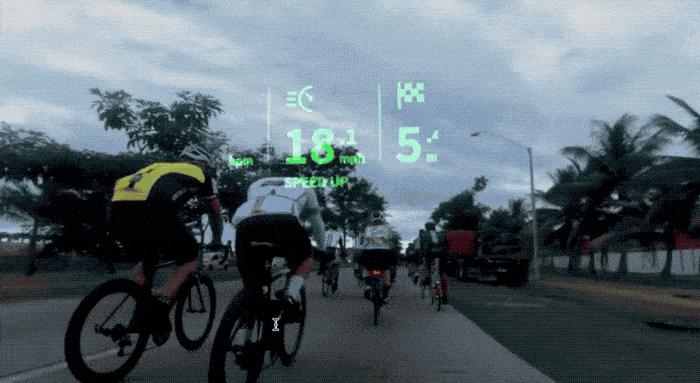
Therefore, Mojo Lens will not have the beautiful interface of Magic Leap and HoloLens, but more practical monochrome information.
Even so, before Mojo Vision had a prototype product, it received $108 million in venture capital from Google, Stanford StartX Fund, and NEA.
In addition to the consumer-oriented AR field and the “electronic eye” in the medical assistance field, Mojo began to put AR glasses technology into the industrial field in November 2019.
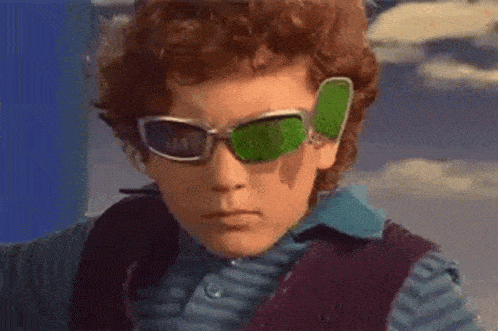
Mojo Vision has designed a “system” for firefighters. Firefighters can obtain path information, the location of teammates, and their own oxygen content through Mojo Lens in a thick smoke environment, which is the first in traditional FPS games. The perspective is somewhat similar.
At the same time, Mojo also imagined that Mojo Lens can also be used for hotel concierge staff, which is directly connected to the hotel database to facilitate the retrieval of guest information.
Moreover, the US military is also evaluating and discussing the military use of Mojo Lens.
Mojo Lens has a wide range of uses, which can help some specific groups of people change their lives, and can also bring functions far beyond ordinary people’s eyesight.
Pushing to the consumer market, the hard part is privacy and mass manufacturing
In 2020, Mojo Vision teamed up with Japanese contact lens maker Menicon to discuss how to bring Mojo Lens to market around materials, cleaning and fitting.
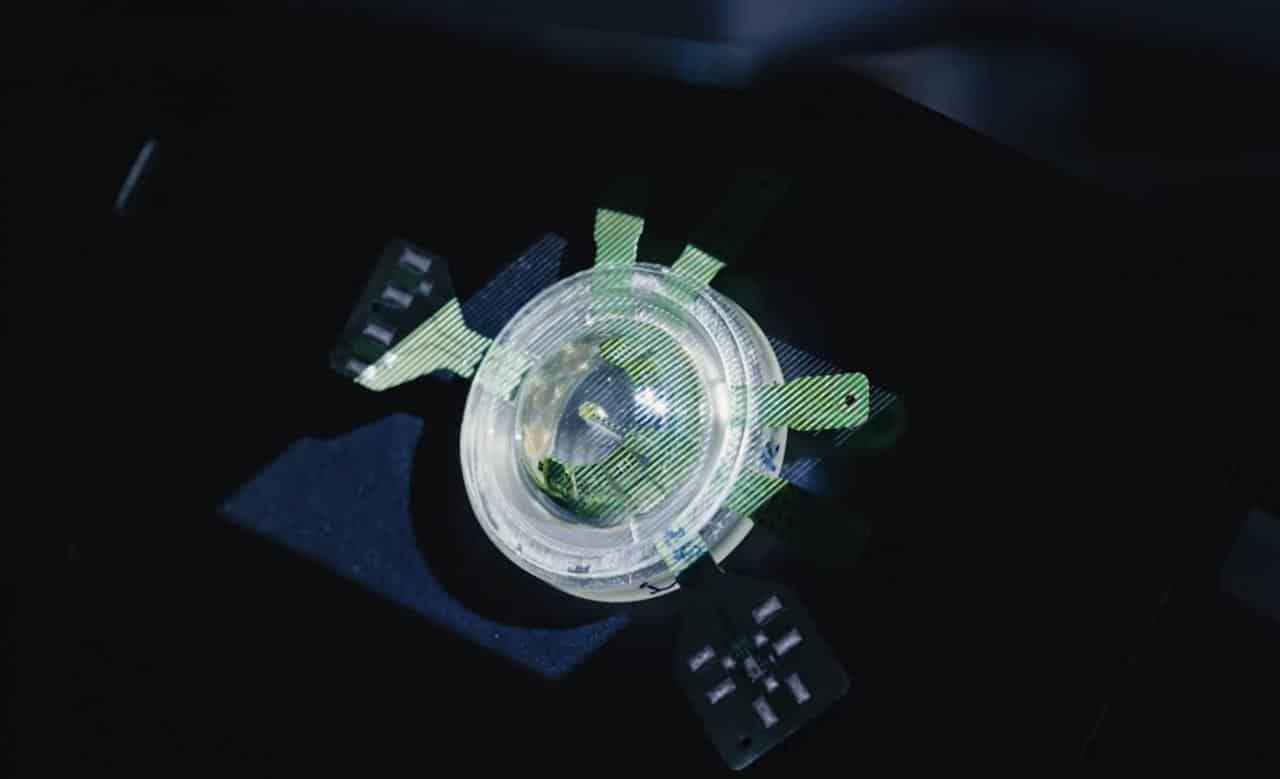
Mojo Lens is similar to ordinary corrective glasses and requires optometry steps, but in addition to the degree of myopia, Mojo also requires some personal privacy information such as the shape of the eyeball.
In Mojo’s imagination, the optometry link is handed over to the optometrist, and when it comes to the manufacturing link, these sensitive data need to be sent to the Mojo server to produce the corresponding lenses.
At the same time, after wearing Mojo Lens, it will share data with your eyeballs, which is what you see.
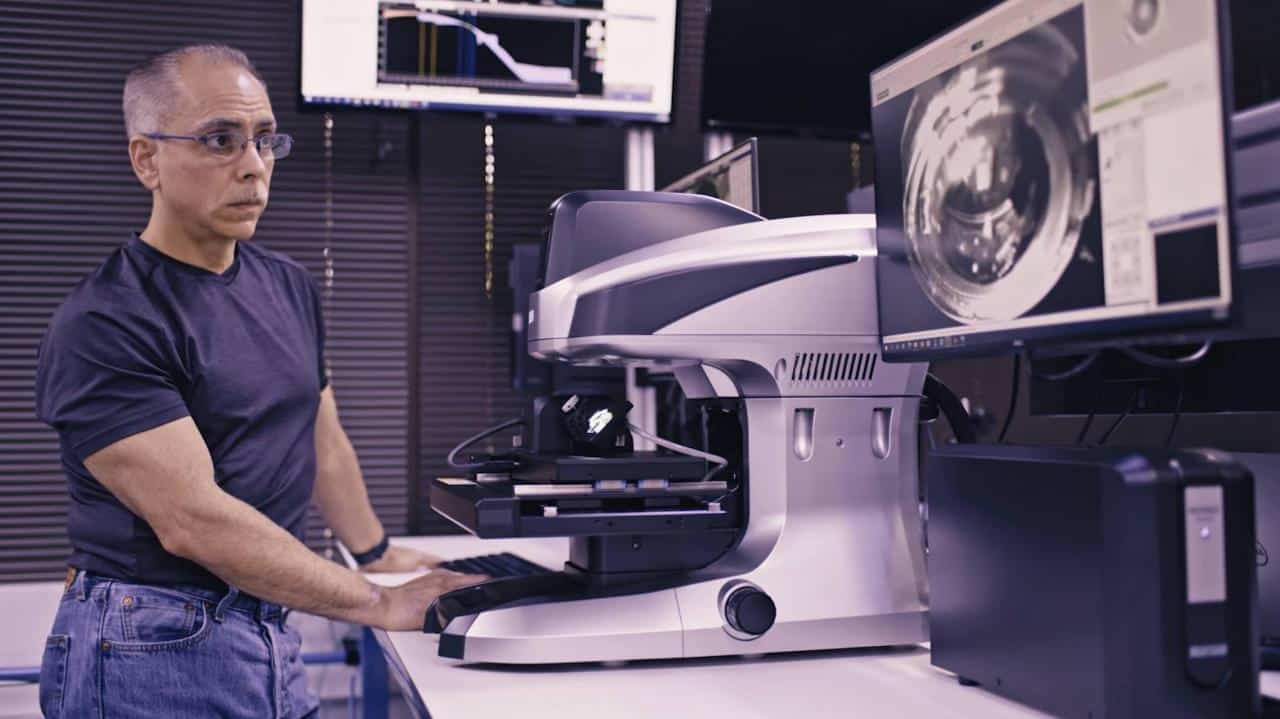
After Mojo obtains FDA clearance, Mojo Vision still needs to issue a series of privacy protection policies.
Steve Sinclair, vice president of product marketing, said that “Mojo must maintain user privacy, and Mojo Lens must be a safe and trustworthy product.”
As for how to do it, since the product has not been introduced to the market on a large scale, Mojo Vision naturally does not have a special policy.
Mojo Lens with such a sensitive location may need to have stricter privacy protection than iPhone, otherwise Mojo Lens is a real-time monitoring for hackers.
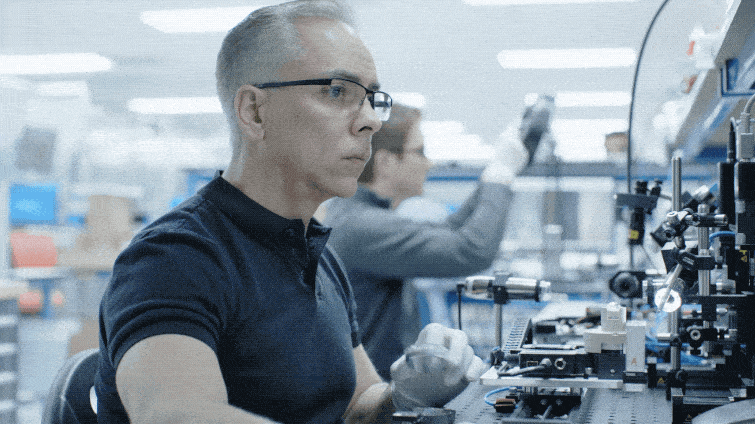
In addition, due to the compact structure of Mojo Lens, it requires more elaborate production processes and equipment than ordinary consumer electronics.
Since each pair of Mojo Lens is custom-made, it is still difficult to promote it to a large-scale production line.
The most important thing is that in terms of specific usage, the functionality of Mojo Lens is still relatively simple, and the large-scale commercialization and specific iteration cycle are still unclear.
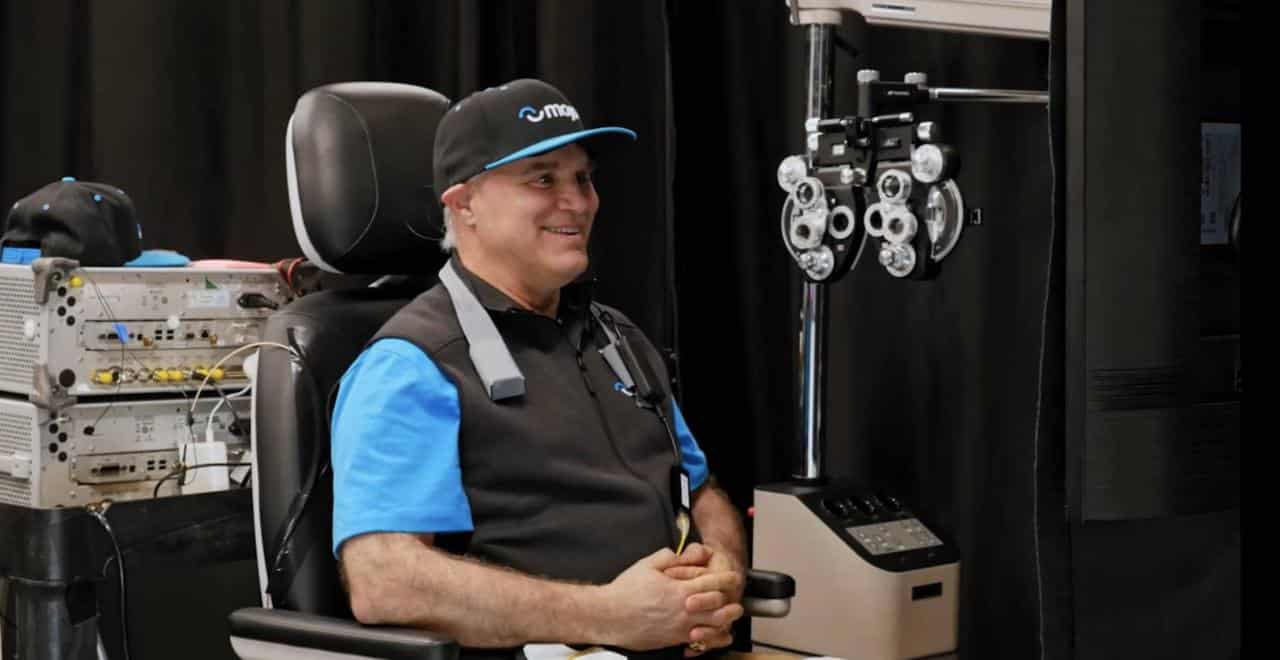
However, AR contact lenses, which jump out of traditional thinking, are indeed eye-opening. Without the limitations of size and weight, AR contact lenses have a lower sense of existence, and may be a form that is more suitable for the “metaverse” in the future.
However, the current AR contact lens is still more inclined to the medical and industrial fields. It can help many specific groups of people, and for us, it may be more like a cyberpunk accessory.

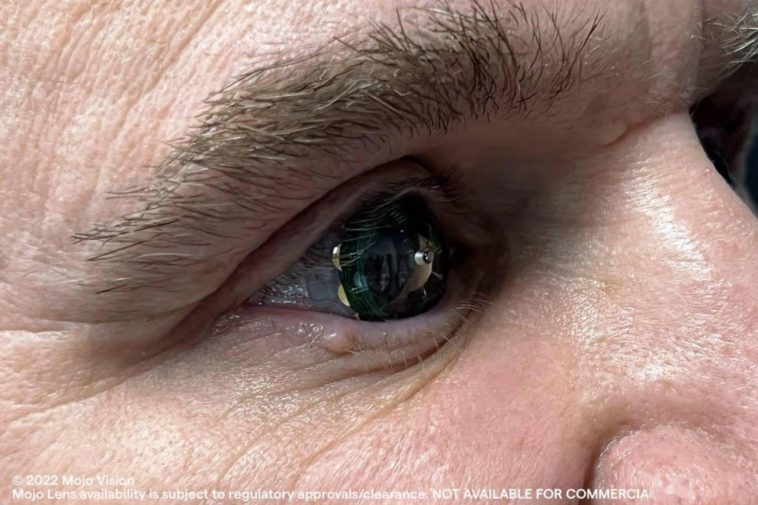


GIPHY App Key not set. Please check settings